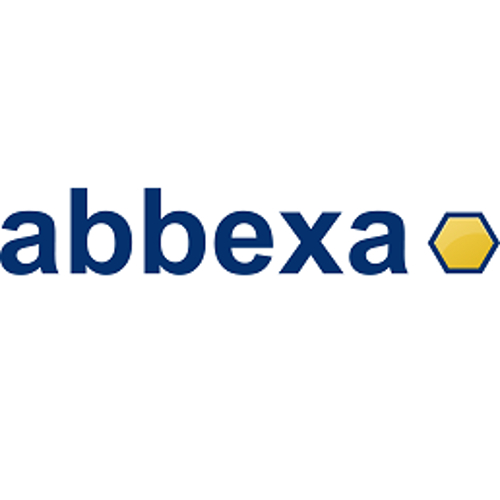CD105 / PerCP /
Product Details
| Description | Reacts with a homodimeric integral membrane protein comprised of 95Kd subunits (CD105). CD105 is a component of the TGF-B receptor system and can bind TGF-B1 and TGF-B3 with high affinity but does not bind TGF-B2. CD105 is expressed by vascular endothelial cells and syncytiotrophoblasts of placenta, Pre-B cells in fetal marrow, erythroid precursors in fetal and adult bone marrow and is weakly expressed by stromal fibroblasts. U937 cells and monocytes and tissue macrophages also expresses CD105. Expression of CD105 is increased on activated endothelium in tissues undergoing angiogenesis, such as in tumours, or in cases of wound healing or dermal inflammation. | |
|---|---|---|
| Conjugate | PerCP | |
| Clone | ||
| Target Species | Human | |
| Applications | FC | |
| Supplier | Abbexa | |
| Catalog # | Sign in to view product details, citations, and spectra | |
| Size | ||
| Price | ||
| Antigen | ||
| Host | ||
| Isotype |
About CD105
This gene encodes a homodimeric transmembrane protein which is a major glycoprotein of the vascular endothelium. This protein is a component of the transforming growth factor beta receptor complex and it binds to the beta1 and beta3 peptides with high affinity. Mutations in this gene cause hereditary hemorrhagic telangiectasia, also known as Osler-Rendu-Weber syndrome 1, an autosomal dominant multisystemic vascular dysplasia. This gene may also be involved in preeclampsia and several types of cancer. Alternatively spliced transcript variants encoding different isoforms have been found for this gene. [provided by RefSeq, May 2013]
This gene encodes a homodimeric transmembrane protein which is a major glycoprotein of the vascular endothelium. This protein is a component of the transforming growth factor beta receptor complex and it binds to the beta1 and beta3 peptides with high affinity. Mutations in this gene cause hereditary hemorrhagic telangiectasia, also known as Osler-Rendu-Weber syndrome 1, an autosomal dominant multisystemic vascular dysplasia. This gene may also be involved in preeclampsia and several types of cancer. Alternatively spliced transcript variants encoding different isoforms have been found for this gene. [provided by RefSeq, May 2013]
About PerCP
Peridinin-Chlorophyll-Protein (PerCP) is a red-emitting fluorescent protein isolated from algae that can be excited by the 488 nm blue laser and captured with a 670/30 nm bandpass filter. PerCP exhibits a large Stokes' Shift, with an excitation peak at 482 nm and an emission peak at 675 nm. PerCP is was historically used in flow cytometry, however it is highly susceptible to photobleaching and has poor stability. Alternatives like BB700, NovaFluor Blue 690 or PerCP-eFluor™ 710 are preferred. PerCP is a generic dye that has no sole manufacturer.
Peridinin-Chlorophyll-Protein (PerCP) is a red-emitting fluorescent protein isolated from algae that can be excited by the 488 nm blue laser and captured with a 670/30 nm bandpass filter. PerCP exhibits a large Stokes' Shift, with an excitation peak at 482 nm and an emission peak at 675 nm. PerCP is was historically used in flow cytometry, however it is highly susceptible to photobleaching and has poor stability. Alternatives like BB700, NovaFluor Blue 690 or PerCP-eFluor™ 710 are preferred. PerCP is a generic dye that has no sole manufacturer.
Experiment Design Tools
Panel Builders
Looking to design a Microscopy or Flow Cytometry experiment?
Validation References
Reviews & Ratings
| Reviews |
|---|
Looking for more options?
1814 CD105 antibodies from over 43 suppliers available with over 130 conjugates.





